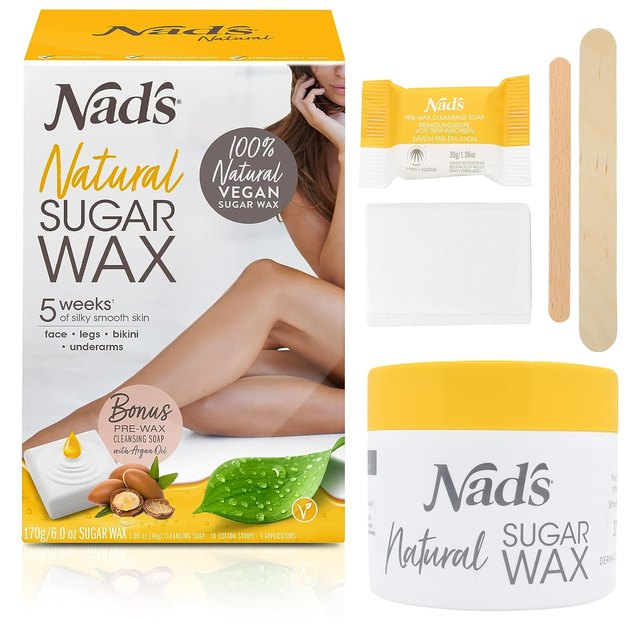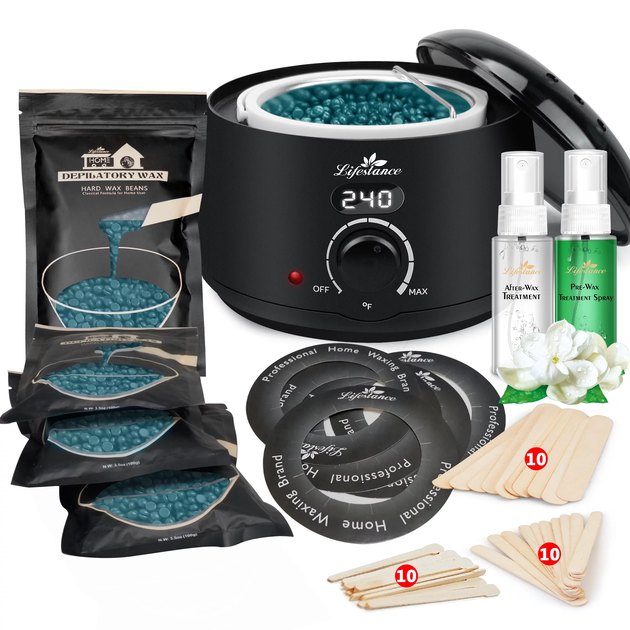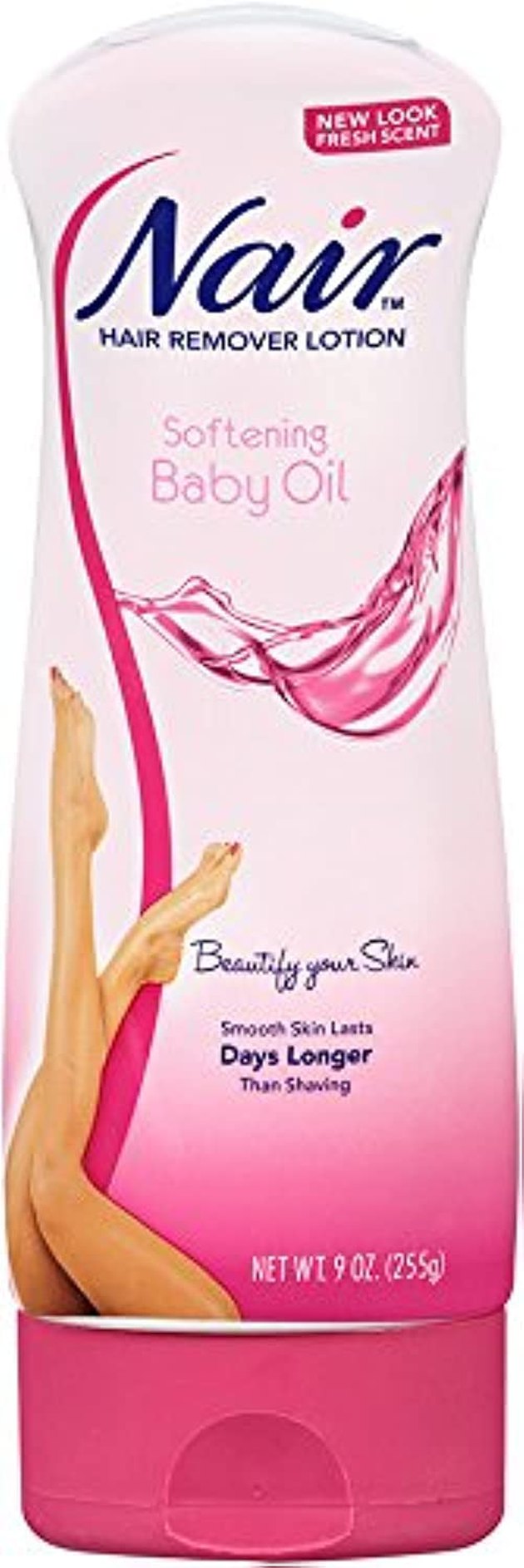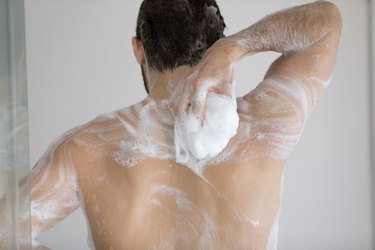
Maybe you're in a rush or simply don't feel like going through a whole process to remove some hair. In either case, you may turn to dry shaving.
But while dry shaving may be quicker, there are risks you should know before you do it.
Video of the Day
Video of the Day
Here, board-certified dermatologist Bruce Robinson, MD, explains the side effects of dry shaving (aka, why dry shaving is bad for your skin) and offers tips on how to shave to protect your skin health.
First, What Is Dry Shaving?
Dry shaving is exactly what it sounds like — shaving without any water, shaving cream or lubrication.
If you've ever taken a razor or trimmer and immediately started shaving off hair without getting it wet first, that's dry shaving.
"The benefit of dry shaving is that it's quicker, so people who are on the go can just grab their trimmer without using any shaving gel or wetting their face," says Dr. Robinson. "The downside is that it doesn't give as close of a shave."
Plus, it can really irritate your skin.
For a clean and close shave, Dr. Robinson encourages wet shaving to prevent razor bumps and the following side effects.
Dry Shaving Side Effects
There's a reason wet shaving is the dermatologist-approved way of removing hair. Dry shaving comes with several possible side effects that may not be worth the trouble.
- Skin irritation and sensitivity: People with very sensitive skin should be wary of dry shaving, Dr. Robinson says. This includes anyone living with skin conditions like eczema or psoriasis. "Their skin is already very dry, so to dry shave over irritated skin is not ideal," he explains.
- Ingrown hairs: When you skip wetting your hair pre-shave, the hair doesn't get the chance to soften before being removed. Without that lubrication, your razor doesn't cut the hair as smoothly, resulting in possible ingrown hairs or razor bumps.
- Uneven results: Dry shaving doesn't give you as close of a shave as wet shaving, leading to uneven results and lingering hair.
- Risk of infection: If you're dry shaving in a hurry, you're more likely to cut or nick your skin, which ups your risk of infection.
- Folliculitis: This is a skin condition caused by infection that can be worsened when you dry shave, Dr. Robinson says. "You definitely never want to dry shave or even wet shave over any kind of area that's infected," he says. "If you have an acne pimple that you scratched and now it's infected, you don't want to shave over that because infection can spread f urther."
Tips for Dry Shaving
Sometimes dry shaving is the only option you have when you're in a rush and need to remove unwanted hair quickly. If you're going to dry shave, Dr. Robinson suggests these tips to do it safely:
- Keep your razor in good shape: Make sure it's cleaned after each shave to prevent skin irritation and avoid shaving with an old razor.
- Make sure your skin is clean: That way, a cut or nick is less likely to turn into an infection.
- Trim at least every two to three days: Shaving with consistency will help prevent ingrown hairs.
- Moisturize afterwards: Apply moisturizer to avoid dry, flaky skin after dry shaving.
- Shave with the direction of the hair: Don't go against the grain. Even though that gives you a closer shave, it's more irritating and there's more chance of getting an ingrown hair, Dr. Robinson says.
- Use a single-blade razor: Multi-blade razors increase the chance of skin irritation.
- Opt for an electric trimmer: If you're prone to ingrown hairs, a trimmer can be an even better choice because it doesn't quite shave the hair as closely, Dr. Robinson explains.
Alternatives to Dry Shaving
If the drawbacks of dry shaving have you searching for alternatives, you've got options. There are several hair removal treatments and products that can safely remove hair without the hassle.
1. Waxing
According to the American Academy of Dermatology (AAD), waxing can be beneficial for long-lasting results, removing hair for a few weeks or even longer. It works by applying hot or cold wax to your skin, then quickly removing it and pulling out the hairs.
If you're looking for a pain-free option, waxing isn't the best choice because it can be uncomfortable or downright painful. And if the wax is too hot, it can burn your skin. Waxing can be done at professional salons and with at-home kits.
2. Depilatory Cream
Depilatory cream is just a fancy term for over-the-counter lotions and creams that dissolve unwanted hair. You may be familiar with the popular brand Nair, which can be used at home for quick and long-lasting hair removal.
The AAD warns that these products can cause skin irritation, so it's best to test it first by using a small amount on the area you want to treat and see if there's any burning or stinging.
3. Laser Hair Removal
If you really want to remove hair for good, laser hair removal is a permanent option that zaps away hair forever. Laser treatment destroys hair follicles, which keeps the hair from ever growing back.
This can take at least six treatments, per the AAD, and should be done by an experienced professional. It's also highly encouraged to talk with a dermatologist first to see if you're a good candidate for this kind of procedure.
"For people who get ingrown hairs, laser hair removal works wonderfully," Dr. Robinson says. "You get rid of the hair, you get rid of the problem."
The cost of this procedure may not work with everyone's budget, though: The average cost of laser hair removal is $389 (not including related expenses), according to the American Society of Plastic Surgeons, and it's typically not covered by insurance.
The Bottom Line
Dry shaving from time to time isn't the end of the world, but if you have the time, wet shaving is the better option to avoid skin irritation, ingrown hairs and other possible skin issues.
If dry shaving is a must, make sure you use a clean razor or trimmer. Shave in the direction of the hair to prevent ingrown hairs and moisturize immediately after.
Is this an emergency? If you are experiencing serious medical symptoms, please see the National Library of Medicine’s list of signs you need emergency medical attention or call 911.





